They’re inexpensive, lightweight, and extremely effective –there’s a reason that filters are the go-to accessory of choice for most professional landscape photographers.
They may not look like much, but the humble filter can make a real difference in the quality of your photos –helping you to capture images that would otherwise be impossible, or at least difficult to photograph. From polarizers –that can cut through glare and improve the saturation of your colors, to graduated neutral density (GND) filters –that can help to balance out the exposure in your images, and neutral density (ND) filters which can be used to capture silky, soft waves and waterfalls –there’s no shortage of ways that you can use filters to enhance your images.
With this in mind let’s take a quick look at polarizers as well as neutral density filters, and see why you’ll want to make sure these little gems are part of your standard landscape photography kit.
Polarizers, ND Filters, and GND Filters
While some people might feel that filters aren’t needed today, due to tools in Lightroom and Photoshop that can simulate some of the effects of filters, the fact is that a number of filter effects can never be recreated in post processing. In other cases, filters can help you to capture images that can produce even better results in post processing, making them a valuable tool for any serious landscape photographer.
Here’s a look at the different features of polarizers, neutral density (ND) filters, and graduated neutral density (GND) filters –and what they’re used for.
Polarizers
Polarizers are one of the first filters that many landscape photographers invest in, and for good reason. These filters can improve the saturation of colors, resulting in vivid images. Polarizers can also reduce reflections and surface glare, and can also be used to deepen the blue of the sky, and make the clouds stand out more. These filters work by allowing certain light waves to enter the lens, while blocking out others. By turning a polarizer, you can adjust the level of reflections in an image, or deepen the blue of the sky. The effects of a polarizer are something that can’t usually be recreated in post processing, particularly when it comes to reflections.
Neutral Density (ND) Filters
We’ve all seen those images with gently blurred water –or softly streaked clouds. Slow shutter speeds are required to blur the movement of water or clouds, and an ND filter helps to facilitate slower speeds. Because it works by reducing the amount of light that enters the lens, you can decrease the shutter speed and increase the exposure time without overexposing the image. As with polarizers, these blurred movement effects cannot be reproduced nearly as well in post-processing.
Graduated Neutral Density (GND) Filters
Graduated neutral density (GND) filters are extremely useful when it comes to photographing landscapes where the sky is much brighter than the foreground or background. These filters are designed with part of the filter dark, and part of it clear, with a gradual transition in the middle. By positioning the darker part over the much brighter sky, you can block out some of the light, properly exposing your entire image.
When using filters, it’s a good idea to shoot in RAW, to give yourself the most flexibility in post processing –and since some filters will sometimes leave a slight color cast on your photograph, you’ll want to be able to adjust the white balance in post processing.
Situations When You Should Use Filters in Landscape Photography
1. Capturing Soft, Silky Water
Neutral density (ND) filters are ideal for situations where you’d like to use a slow shutter speed to blur the movement of water. To capture this movement, make sure you use a tripod to steady your camera, and a remote release –or the self-timer, to help prevent camera shake. Depending on the type of ND filter you have, you could leave your shutter open for seconds or even minutes at a time to create the effect that you’re looking for.
2. Photographing a Scene That Requires Different Exposures
A graduated neutral density (GND) filter is a great tool for balancing out light and dark areas in a scene, resulting in a composition that’s properly exposed. While you could capture two different exposures and create a composite image in post processing later on, popping an ND filter on is an easier option, and will show you exactly what you’re working with. These filters are especially ideal for the classic dark foreground, light sky –landscape compositions. Since they’re graduated, you can position the clear section over the darker foreground or background of the image and the dark area over the sky to filter out some of that light. No more blown out highlights!
3. Creating Dreamy Landscapes
Remember how an ND filter can be used to create soft, blurred water? Well, it can have a similar effect on the entire landscape too! Since an ND filter reduces the amount of light hitting the sensor, it allows you to use a slow shutter speed to gently blur the movement of clouds, the ripples on the surface of the water, or even a field of wheat, gently rippling in the wind. Wherever there’s movement, an ND filter can help you to capture it, and render it as a beautifully soft and dreamy landscape.
4. Reducing Glare on Grass, Leaves, and Rocks
A polarizer is ideal for removing surface glare on leaves and rocks –and is especially good at helping to reduce reflections that are often found on these shiny surfaces after the rain. It’s a vital tool for any photographer who enjoys nature photography.
5. Removing Haze in a Scene
Trying to capture a distant mountain that’s partially obscured by a light haze? Putting a polarizer over your lens will help to cut through some of that haze, helping the mountain to stand out better.
6. Photographing Rainbows
One little-known use for polarizers is to enhance the colors of a rainbow. But be careful! Since polarizers can cut through haze, or water droplets in the air, they can also remove a rainbow altogether! Make sure you twist the filter to just the right point, to darken the background clouds and draw out the colors of the rainbow.
7. Creating Vibrant and Dramatic Skies
Looking for a deep blue sky? Polarizers can help to deepen the blues in the sky, resulting in a more vibrant image. They can also help to darken the clouds, drawing them out from the background, creating a dramatic sky.
8. To See Beneath the Surface of the Water
Since a polarizing filter can be used to reduce reflections, they’re especially useful if you’re trying to see into the shallows. A polarizer will reduce the reflections on the surface of the water, allowing you to create images with partial reflections, or no reflections at all. Simply turn the polarizer until you’re happy with the results.
So there you have it! Eight situations where you can use filters to create amazing landscape images! There’s a reason that filters are loved by landscape photographers –they’re a simple and inexpensive way to take your photography up a notch; helping you to capture some truly breathtaking landscape images.
Have you used filters in your landscape photography? Share your tips with us!
Photo license links: CC BY 2.0, CC BY-SA 2.0, CC BY-ND 2.0

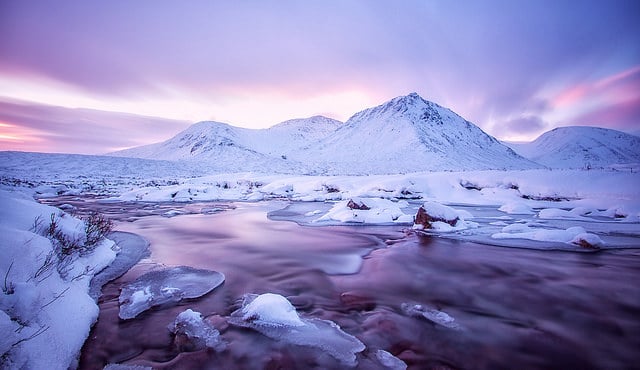
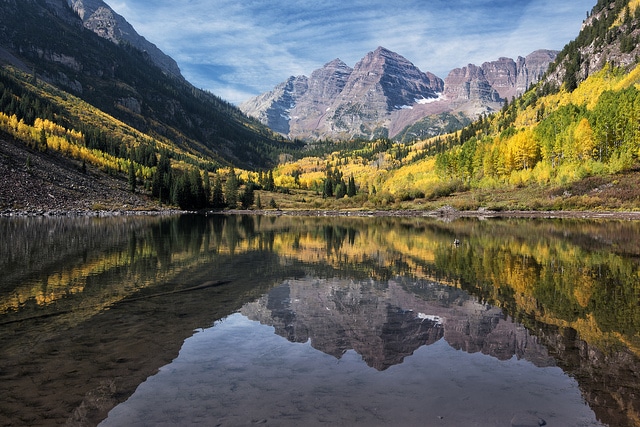
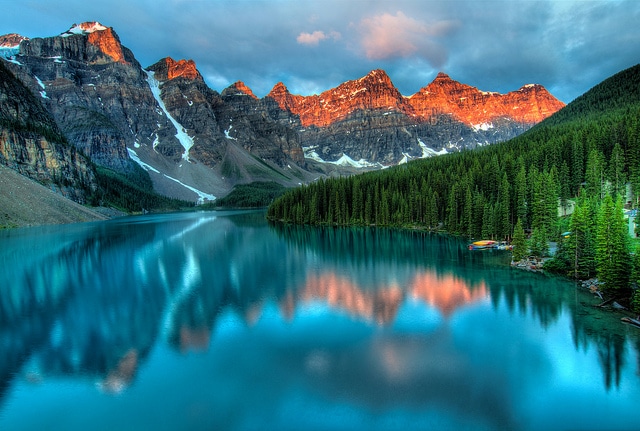
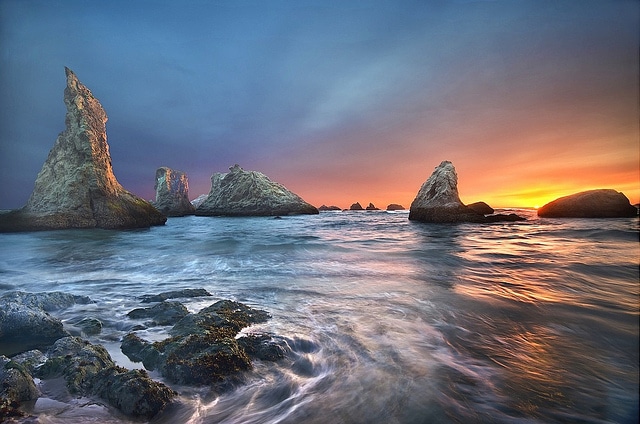
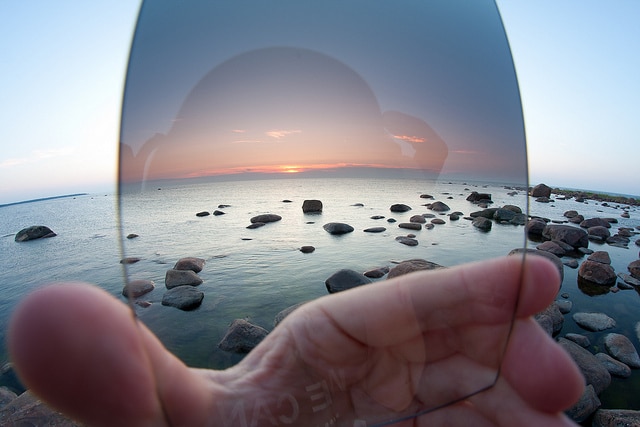

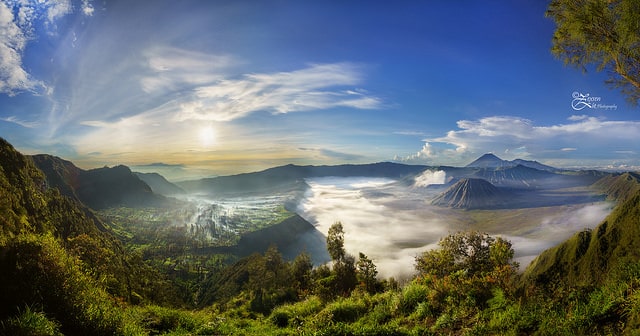
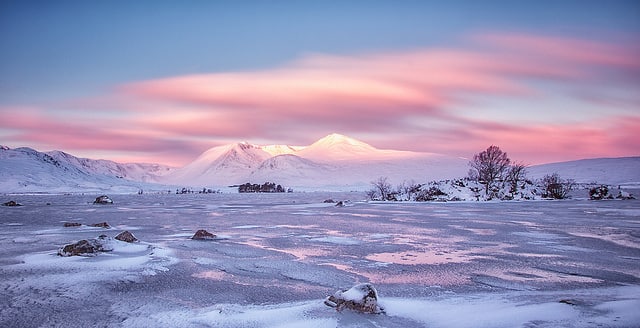
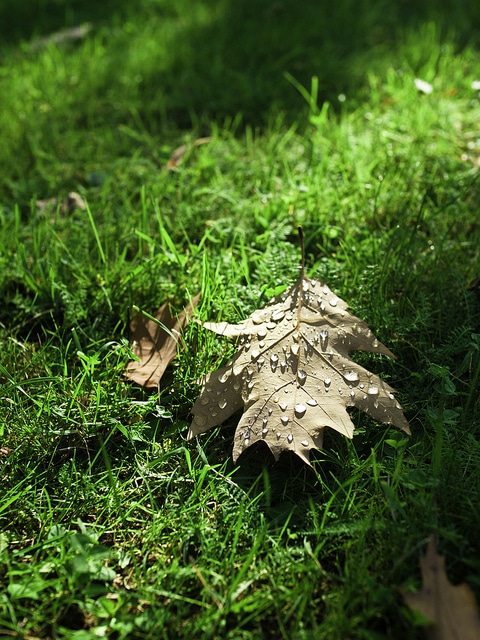

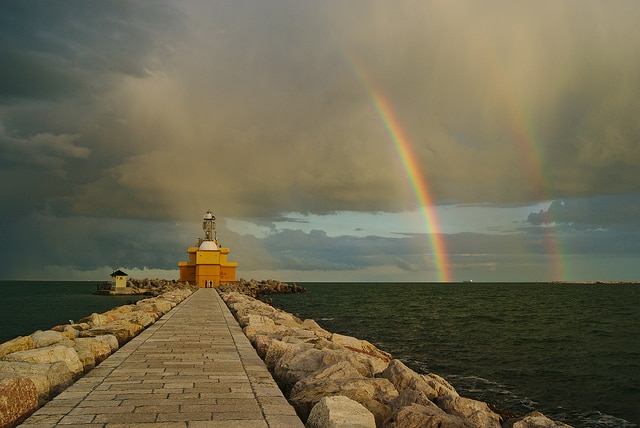

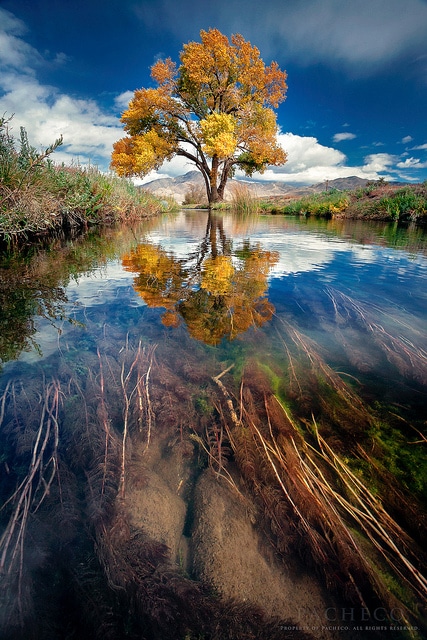

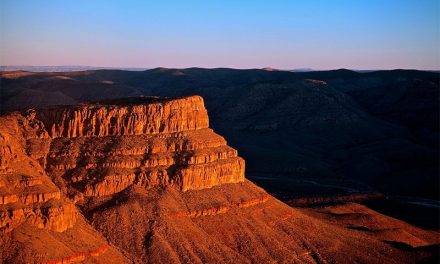
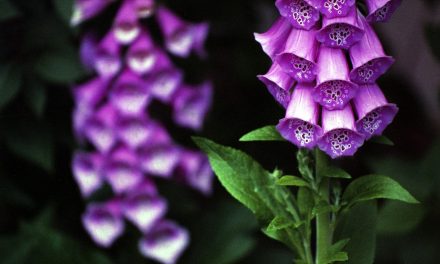
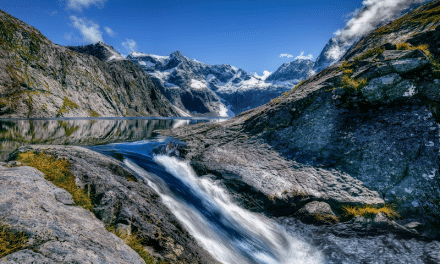
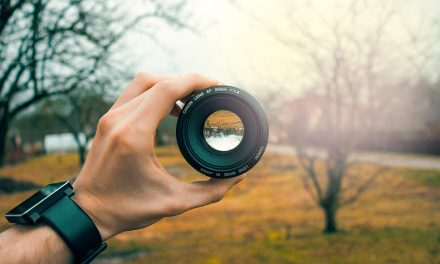





Great article on the use of filters in photography. I was an Air Force photographer I’m photographed not only people like many aircraft and vehicles. Used filters a great deal. Use included both diamond and Starburst filters for vehicle convoys passing under a bridge at Dawn or dusk. Very dramatic effects.